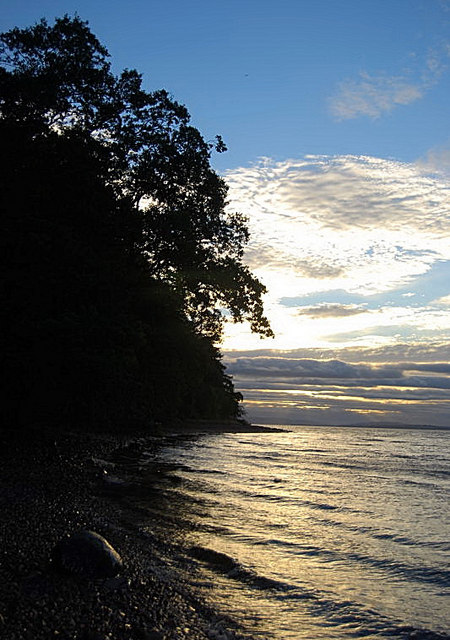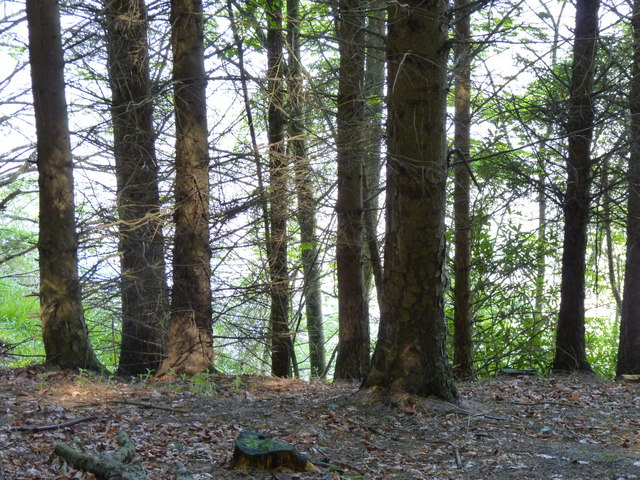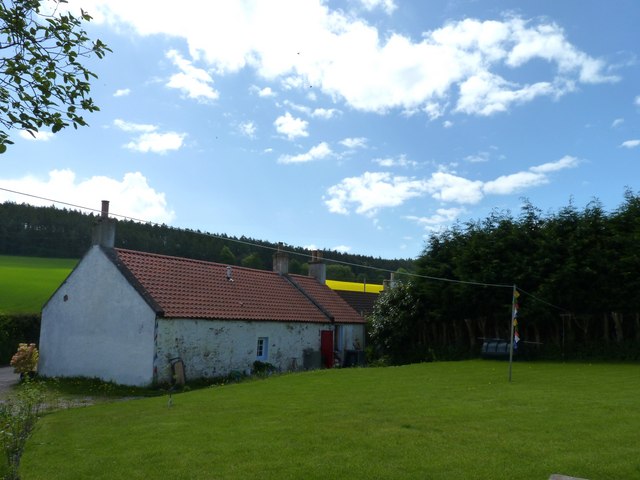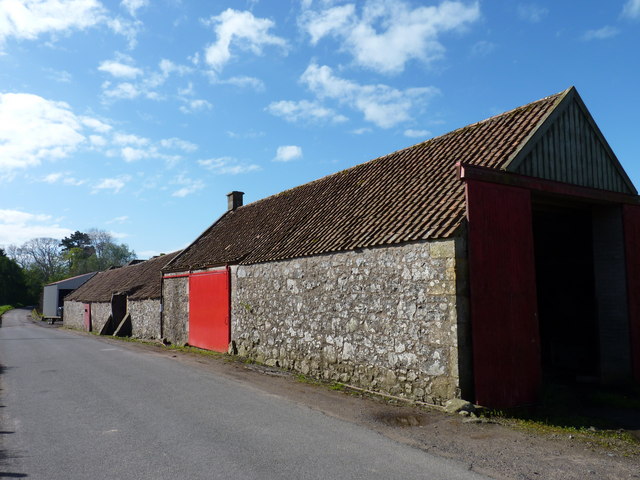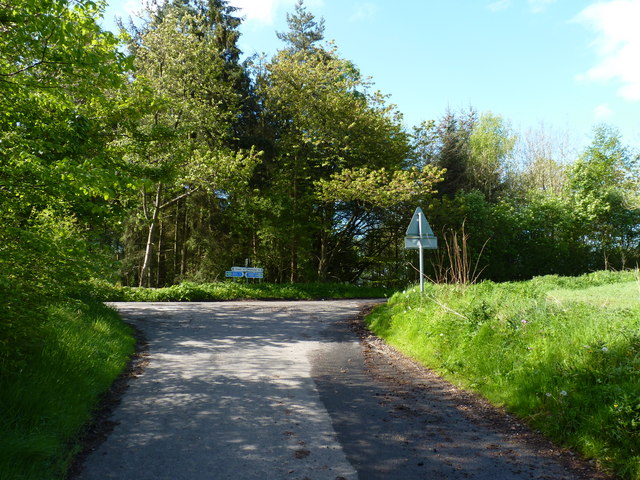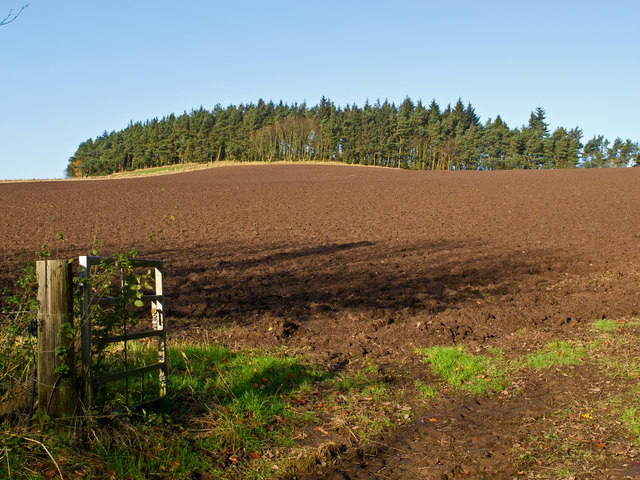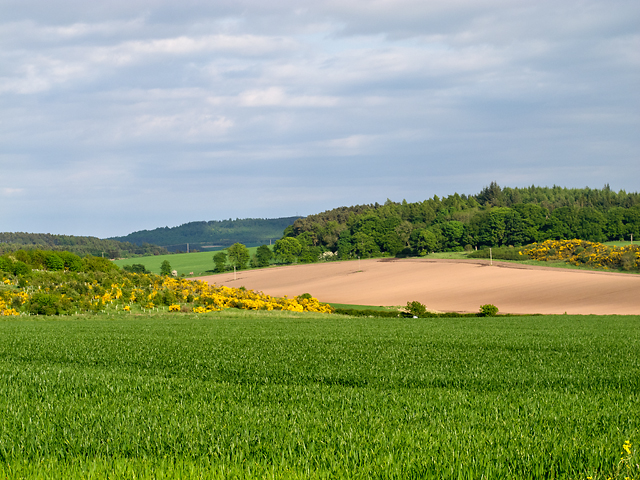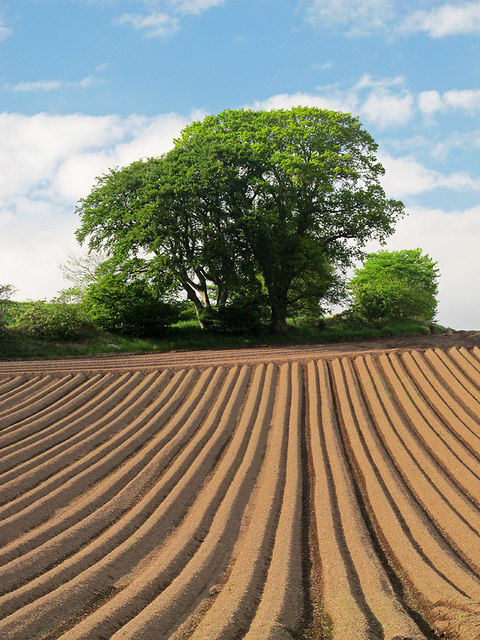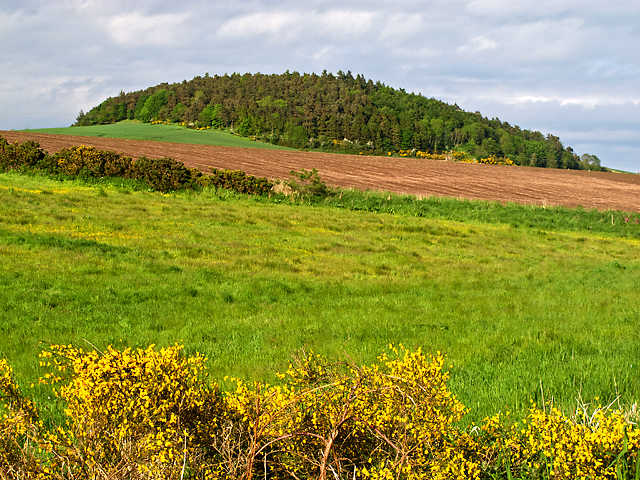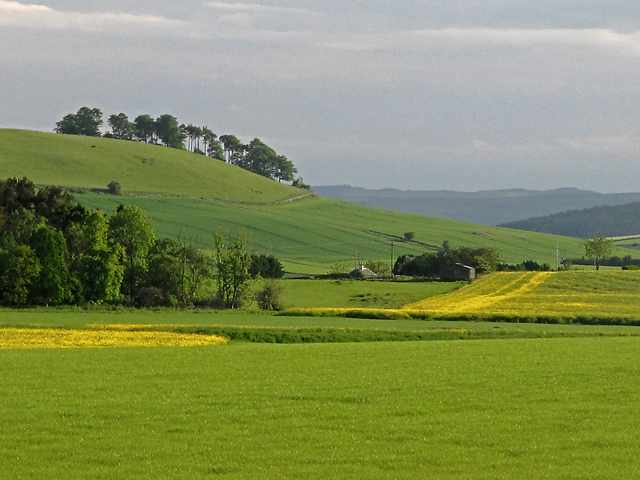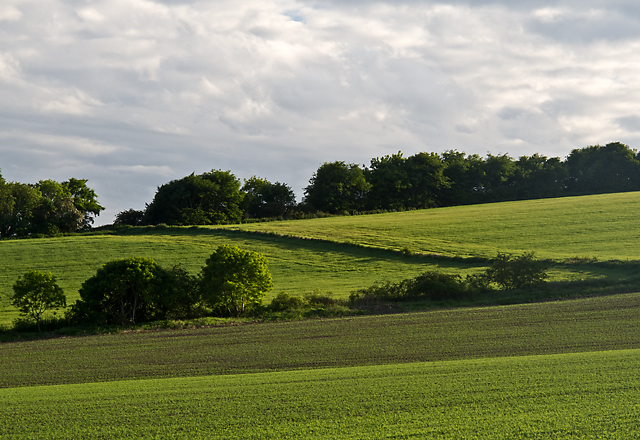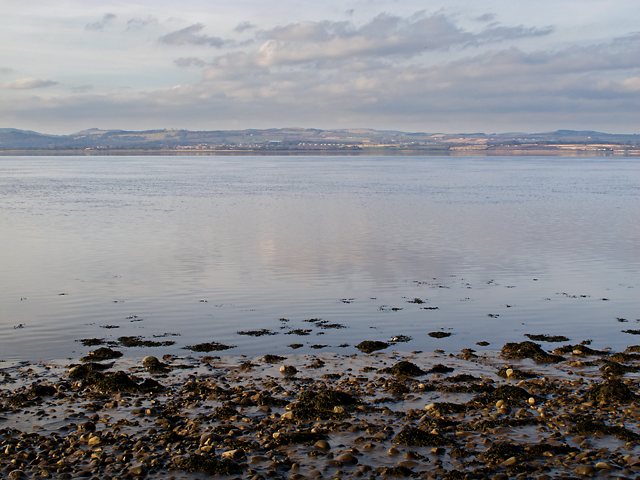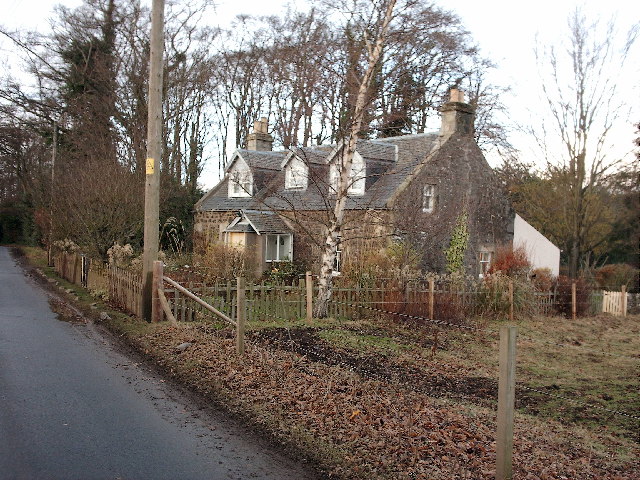Ardie Hill
Hill, Mountain in Fife
Scotland
Ardie Hill
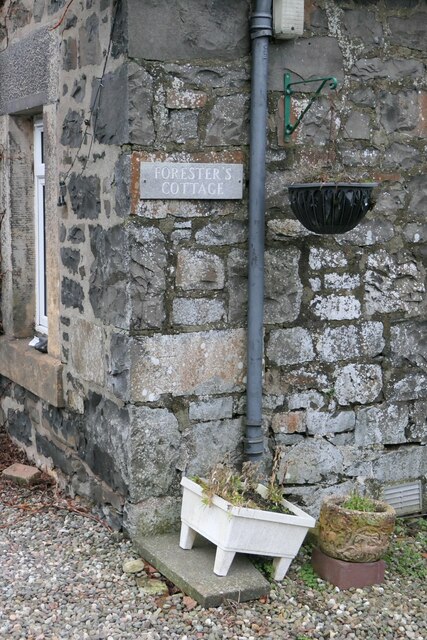
Ardie Hill is a prominent geographic feature located in Fife, Scotland. Rising to an elevation of approximately 215 meters (705 feet), it is considered a hill rather than a mountain due to its modest height. Ardie Hill is situated about 3 kilometers (1.9 miles) northwest of the village of Letham and lies within the Lomond Hills Regional Park, a protected area known for its scenic beauty and diverse wildlife.
The hill is characterized by its gently sloping sides, covered in a patchwork of green fields and agricultural land. The summit offers breathtaking panoramic views of the surrounding countryside, with the rolling hills of Fife stretching out in all directions. On clear days, the distant peaks of the Ochil Hills and even the majestic Ben Lomond can be seen.
Ardie Hill is a popular destination for outdoor enthusiasts, offering a range of recreational activities. Hikers and walkers can enjoy a variety of trails that crisscross the area, catering to different fitness levels. The hill's well-maintained paths provide easy access to the summit, making it an ideal location for family outings or leisurely strolls.
Aside from its natural beauty, Ardie Hill is also rich in historical and cultural significance. Traces of ancient settlements, such as Iron Age hillforts, have been discovered in the vicinity, giving insight into the area's past inhabitants. These archaeological remains contribute to the overall allure of Ardie Hill, attracting both nature lovers and history enthusiasts alike.
Overall, Ardie Hill in Fife offers a picturesque and accessible outdoor experience, combining breathtaking views, a tranquil atmosphere, and glimpses into the region's storied past.
If you have any feedback on the listing, please let us know in the comments section below.
Ardie Hill Images
Images are sourced within 2km of 56.390617/-3.0465005 or Grid Reference NO3522. Thanks to Geograph Open Source API. All images are credited.
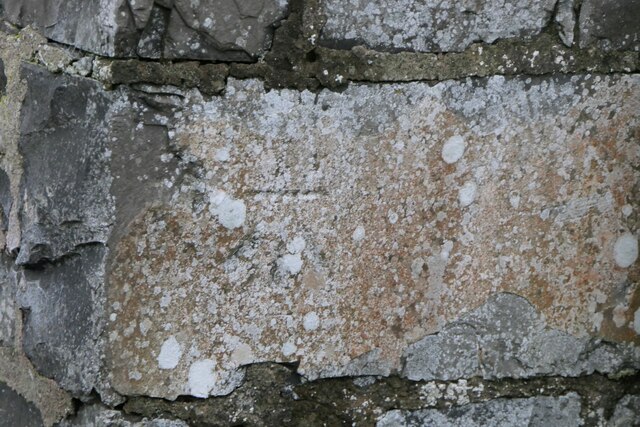
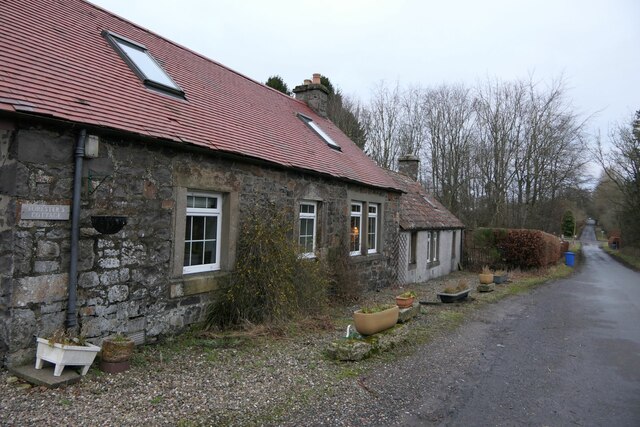
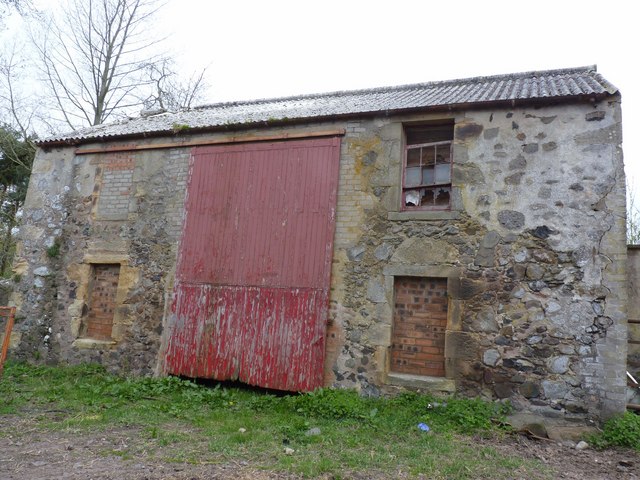
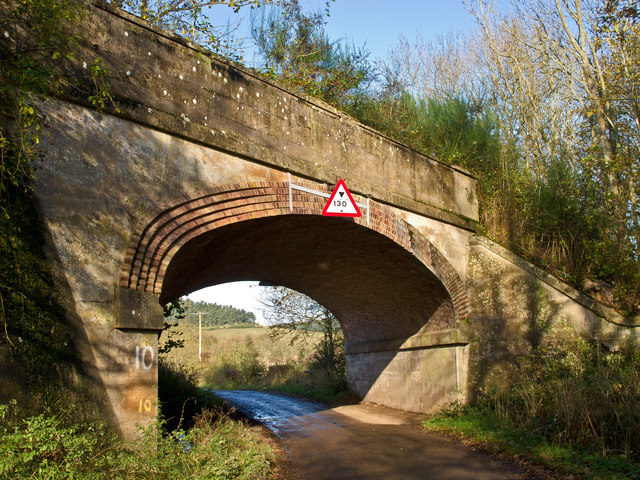
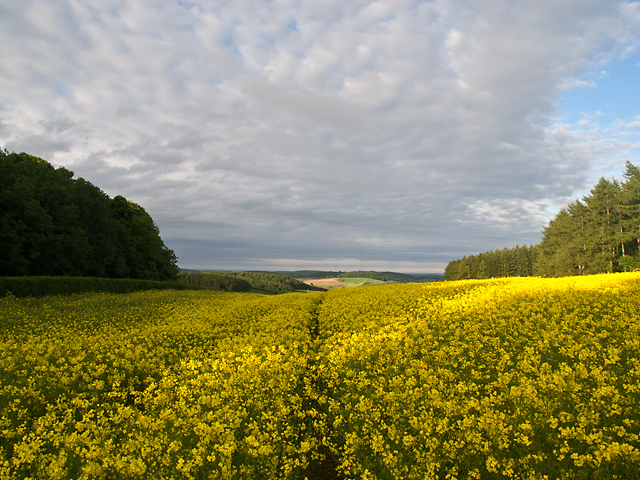
Ardie Hill is located at Grid Ref: NO3522 (Lat: 56.390617, Lng: -3.0465005)
Unitary Authority: Fife
Police Authority: Fife
What 3 Words
///ultra.earlobe.crinkled. Near Balmullo, Fife
Nearby Locations
Related Wikis
Bottomcraig
Bottomcraig is a village in Fife, Scotland located near Balmerino and The Gauldry. The village is home to Balmerino Parish Church, built in 1811, and the...
Birkhill Castle
Birkhill Castle is a stately home, the residence of the Earl of Dundee, located on the banks of the River Tay, a short drive from St. Andrews. The castle...
Balmerino Abbey
Balmerino Abbey, or St Edward's Abbey, in Balmerino, Fife, Scotland, was a Cistercian monastic community which has been ruinous since the 16th century...
Balmerino
Balmerino is a small village and former monastic centre in Fife, Scotland. It is the home of Balmerino Abbey and the former abbots of Balmerino who were...
Nearby Amenities
Located within 500m of 56.390617,-3.0465005Have you been to Ardie Hill?
Leave your review of Ardie Hill below (or comments, questions and feedback).
